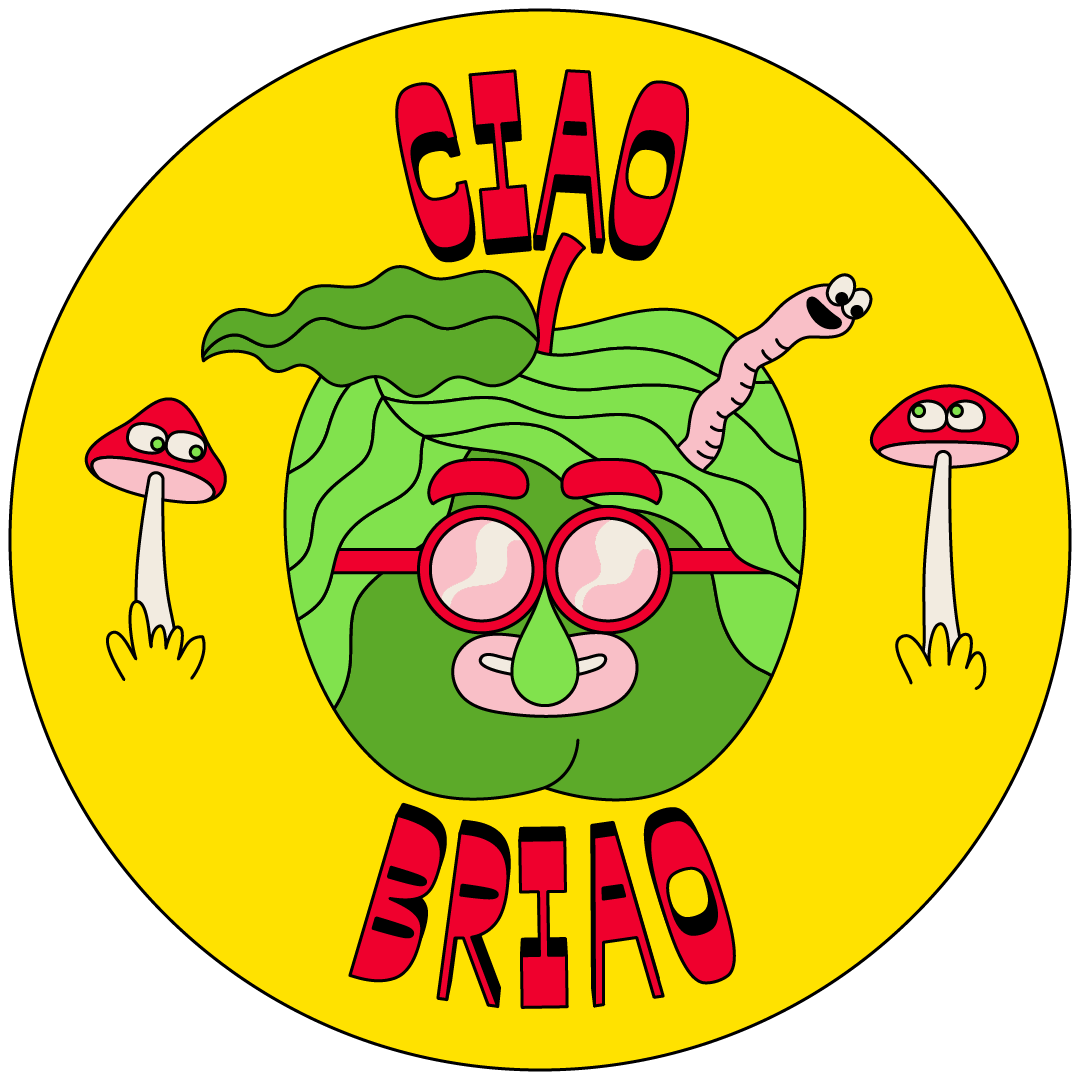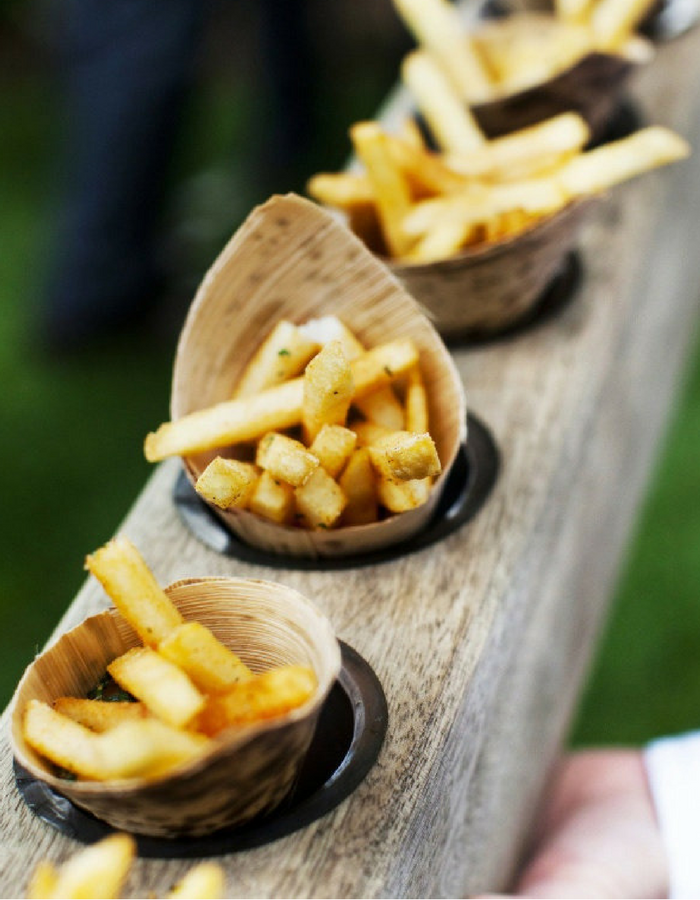Fry Baby: A Comprehensive Guide To Mastering The Art Of Deep-Fried Perfection
Deep-fried foods have become a beloved culinary experience for millions worldwide, and the term "fry baby" perfectly encapsulates the joy and excitement of creating golden, crispy dishes. Whether you're a seasoned chef or a home cook looking to elevate your frying skills, understanding the nuances of frying can transform your cooking experience. From selecting the right oil to achieving that perfect crunch, this article will guide you through everything you need to know about frying with confidence and precision.
Frying is not just about throwing food into hot oil; it's an art that requires knowledge, technique, and practice. The term "fry baby" has gained popularity as a playful way to describe the process of frying, emphasizing the care and attention required to achieve the best results. Whether you're frying vegetables, meats, or even desserts, the principles remain the same: heat control, proper technique, and quality ingredients.
In this article, we'll dive deep into the world of frying, exploring everything from the science behind frying to practical tips and tricks. By the end, you'll be equipped with the knowledge to create perfectly fried dishes that will impress your family and friends. So, let's get started on this delicious journey!
Read also:Mica D Barber Shop The Ultimate Destination For Stylish Haircuts
Table of Contents
- Introduction to Fry Baby
- The Science Behind Frying
- Choosing the Right Oil for Frying
- Maintaining the Perfect Temperature
- Advanced Frying Techniques
- Delicious Fry Baby Recipes
- Health Considerations in Frying
- Essential Equipment for Frying
- Common Mistakes to Avoid
- Conclusion
Introduction to Fry Baby
What is Fry Baby?
The term "fry baby" refers to the art and passion of frying food, emphasizing the care and attention needed to achieve perfection. Whether you're frying chicken, potatoes, or even desserts, the goal is always the same: to create a golden, crispy exterior while maintaining a tender and flavorful interior. This section will explore the basics of frying, including the types of foods that are best suited for frying and the essential tools you'll need to get started.
Why is Frying So Popular?
Frying is a cooking method that has been around for centuries, and its popularity continues to grow. The crispy texture and rich flavors achieved through frying make it a favorite among food lovers. Additionally, frying can enhance the natural flavors of ingredients, making it a versatile cooking technique suitable for a wide range of dishes. From fast food to gourmet cuisine, frying plays a significant role in the culinary world.
The Evolution of Frying
Over the years, frying techniques have evolved significantly. From traditional deep-frying to modern air frying, there are now numerous ways to achieve that perfect fry. Understanding the history and evolution of frying can help you appreciate the art and science behind it, allowing you to experiment with different methods and find what works best for you.
The Science Behind Frying
Frying is more than just cooking food in hot oil. It involves complex chemical reactions that transform the texture and flavor of ingredients. When food is submerged in hot oil, moisture on the surface evaporates, creating a crispy layer while the inside remains moist and tender. This section will delve into the science of frying, explaining how temperature, oil type, and cooking time affect the final result.
How Temperature Affects Frying
Maintaining the correct temperature is crucial for successful frying. If the oil is too hot, the food can burn on the outside before cooking through on the inside. Conversely, if the oil is not hot enough, the food can absorb too much oil, resulting in a greasy texture. Understanding the ideal temperature range for different types of food is key to achieving perfect results.
The Role of Oil in Frying
The type of oil you use can significantly impact the flavor and quality of your fried dishes. Different oils have varying smoke points, which determine the maximum temperature they can reach before breaking down and affecting the taste of the food. Choosing the right oil for your recipe is essential for achieving the best possible outcome.
Read also:Golden Hour Nails The Ultimate Guide To Elevating Your Manipedi Game
Choosing the Right Oil for Frying
Selecting the appropriate oil for frying is one of the most important decisions you'll make in the kitchen. Some popular options include peanut oil, canola oil, and vegetable oil, each with its own unique properties. This section will provide a detailed comparison of different oils, highlighting their pros and cons to help you make an informed choice.
Types of Oils for Frying
- Peanut Oil: Known for its high smoke point and neutral flavor, peanut oil is a popular choice for frying.
- Canola Oil: With a moderate smoke point and light taste, canola oil is versatile and affordable.
- Vegetable Oil: A blend of various oils, vegetable oil is widely used for its affordability and versatility.
Health Considerations in Oil Selection
While frying can be delicious, it's important to consider the health implications of the oils you use. Some oils are higher in saturated fats, which can contribute to health issues if consumed in excess. Opting for healthier alternatives, such as olive oil or avocado oil, can help reduce the negative effects of frying while still delivering great taste.
Maintaining the Perfect Temperature
Temperature control is one of the most critical aspects of frying. Using a thermometer to monitor the oil temperature can prevent overcooking or undercooking your food. This section will provide practical tips for maintaining the ideal temperature, ensuring your fried dishes are consistently delicious.
Using a Thermometer
A digital thermometer is an invaluable tool for frying. It allows you to accurately measure the temperature of the oil, ensuring it stays within the recommended range. Regularly checking the temperature and adjusting the heat as needed can help you achieve consistent results every time.
Adjusting Heat Levels
Depending on the type of food you're frying, you may need to adjust the heat to maintain the correct temperature. For example, larger pieces of food may require a lower temperature to cook evenly, while smaller items can be fried at a higher temperature for a shorter period. Understanding how to adjust the heat is essential for mastering the art of frying.
Advanced Frying Techniques
Once you've mastered the basics, it's time to explore advanced frying techniques that can take your skills to the next level. From double frying to using batter, these methods can enhance the texture and flavor of your dishes, making them even more irresistible.
Double Frying Method
The double frying method involves frying food twice to achieve an extra crispy texture. This technique is commonly used in Asian cuisines, such as tempura and karaage. By frying the food initially at a lower temperature and then again at a higher temperature, you can create a golden crust while keeping the inside moist and tender.
Using Batter for Frying
Coating food in batter before frying can add an extra layer of flavor and texture. Whether you're using a simple flour and water mixture or a more complex recipe with spices and herbs, the right batter can elevate your fried dishes to new heights. Experimenting with different batters can help you find the perfect combination for your favorite foods.
Delicious Fry Baby Recipes
Now that you've learned the basics and advanced techniques of frying, it's time to put your skills to the test with some delicious recipes. From classic fried chicken to innovative desserts, these recipes will inspire you to explore the world of frying and create unforgettable dishes.
Fried Chicken Recipe
This classic recipe combines juicy chicken with a crispy, golden crust. By marinating the chicken in buttermilk and coating it in a seasoned flour mixture, you can achieve restaurant-quality results in your own kitchen.
Fried Dessert Recipe
Who says frying is just for savory dishes? Try your hand at frying desserts, such as fried bananas or doughnuts, for a sweet and indulgent treat. These recipes will show you how to incorporate frying into your dessert repertoire, delighting your taste buds with every bite.
Health Considerations in Frying
While frying can be delicious, it's important to consider the health implications of this cooking method. Consuming fried foods in moderation and choosing healthier oils can help minimize the negative effects. This section will explore ways to make frying healthier without sacrificing flavor.
Reducing Oil Absorption
One way to make frying healthier is by reducing the amount of oil absorbed by the food. Techniques such as patting food dry before frying and using a slotted spoon to remove excess oil can help minimize oil absorption, resulting in lighter and less greasy dishes.
Alternatives to Traditional Frying
For those looking to reduce their oil consumption, air frying is a popular alternative that uses hot air to achieve similar results. While it may not produce the same level of crispiness as traditional frying, air frying can be a healthier option for those who want to enjoy fried foods without the extra calories.
Essential Equipment for Frying
Having the right equipment is crucial for successful frying. From deep fryers to thermometers, there are several tools that can make the process easier and more efficient. This section will provide a comprehensive list of essential equipment for frying, helping you set up your kitchen for success.
Deep Fryers vs. Skillets
While deep fryers are designed specifically for frying, skillets can also be used for smaller batches of food. Understanding the pros and cons of each option can help you decide which is best for your needs. Deep fryers offer consistent temperature control and larger capacity, while skillets are more versatile and easier to store.
Other Essential Tools
- Thermometer: For monitoring oil temperature.
- Slotted Spoon: For removing food from the oil.
- Paper Towels: For draining excess oil.
Common Mistakes to Avoid
Even experienced cooks can make mistakes when frying. From overcrowding the pan to using the wrong oil, these errors can affect the quality of your fried dishes. This section will highlight common mistakes and provide tips for avoiding them, ensuring your frying experience is as successful as possible.
Overcrowding the Pan
One of the most common mistakes in frying is overcrowding the pan, which can lower the oil temperature and result in greasy food. To avoid this, fry food in small batches, giving each piece enough space to cook evenly.
Not Preheating the Oil
Another common mistake is not preheating the oil before adding the food. Starting with cold oil can lead to uneven cooking and a soggy texture. Always preheat the oil to the recommended temperature before frying to ensure the best results.
Conclusion
In conclusion, mastering the art of frying requires a combination of knowledge, technique, and practice. By understanding the science behind frying, selecting the right oil, and maintaining the perfect temperature, you can create delicious fried dishes that will impress everyone who tries them. Remember to experiment with different techniques and recipes to find what works best for you, and always consider the health implications of your choices.
We invite you to share your thoughts and experiences in the comments section below. Have you tried any of the recipes mentioned in this article? What are your favorite frying techniques? Don't forget to share this article with your friends and family, and explore more content on our website for additional culinary inspiration.


